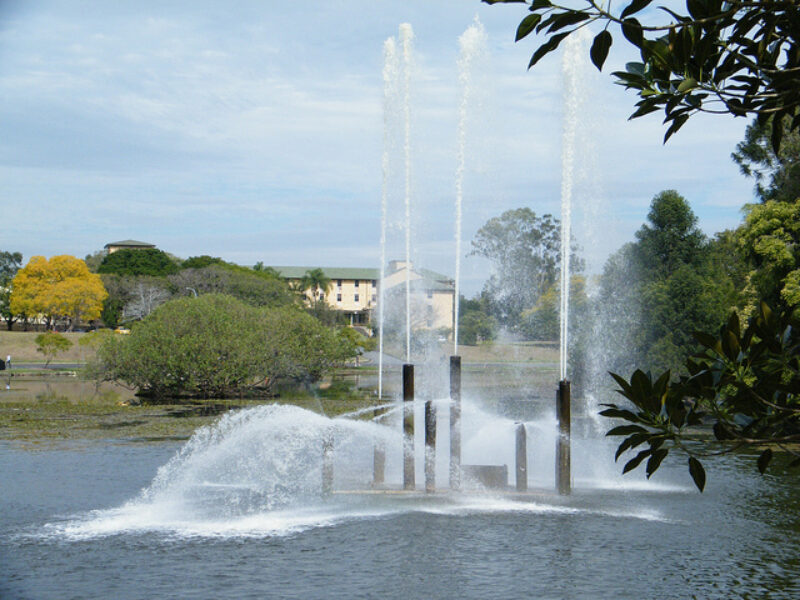Where half a degree matters: Seminars in the South Pacific Region
Share

The ultimate objective of the United Nations Framework Convention on Climate Change (UNFCCC) is to “prevent dangerous anthropogenic interference with the climate system”.
In this context, the Paris Agreement sets a long-term temperature goal of holding the global average temperature increase to well below 2 °C, and pursuing efforts to limit this to 1.5 °C above pre-industrial levels. While discussions around these temperature limits have been on-going for years, assessments of the implications of such levels of global temperature increase is still limited.
Tabea Lissner 'Climate Impacts at 1.5° and 2° – Where half a degree makes a difference' https://t.co/1pSTxsnAHQ pic.twitter.com/6KrcnYt9f1
— UQ Global Change (@GCITweet) July 16, 2016
Tabea Lissner from
CA_Latest</a> kicks off our latest seminar talking adaptation in the Pacific where 1.5°C is critical <a href="https://t.co/m6J4cXlcbk">pic.twitter.com/m6J4cXlcbk</a></p>— ClimateEnergyCollege (ClimateCollege) August 3, 2016
In this talk, Tabea Lissner presents results of a recent study lead by Climate Analytics on regionally differentiated analysis on impact shifts between these levels of warming for a range of impact indicators.
The study shows a discernible difference between the two warming levels on the regional level and results indicate that tropical regions will bear the brunt of impacts.
Seminars are held at










